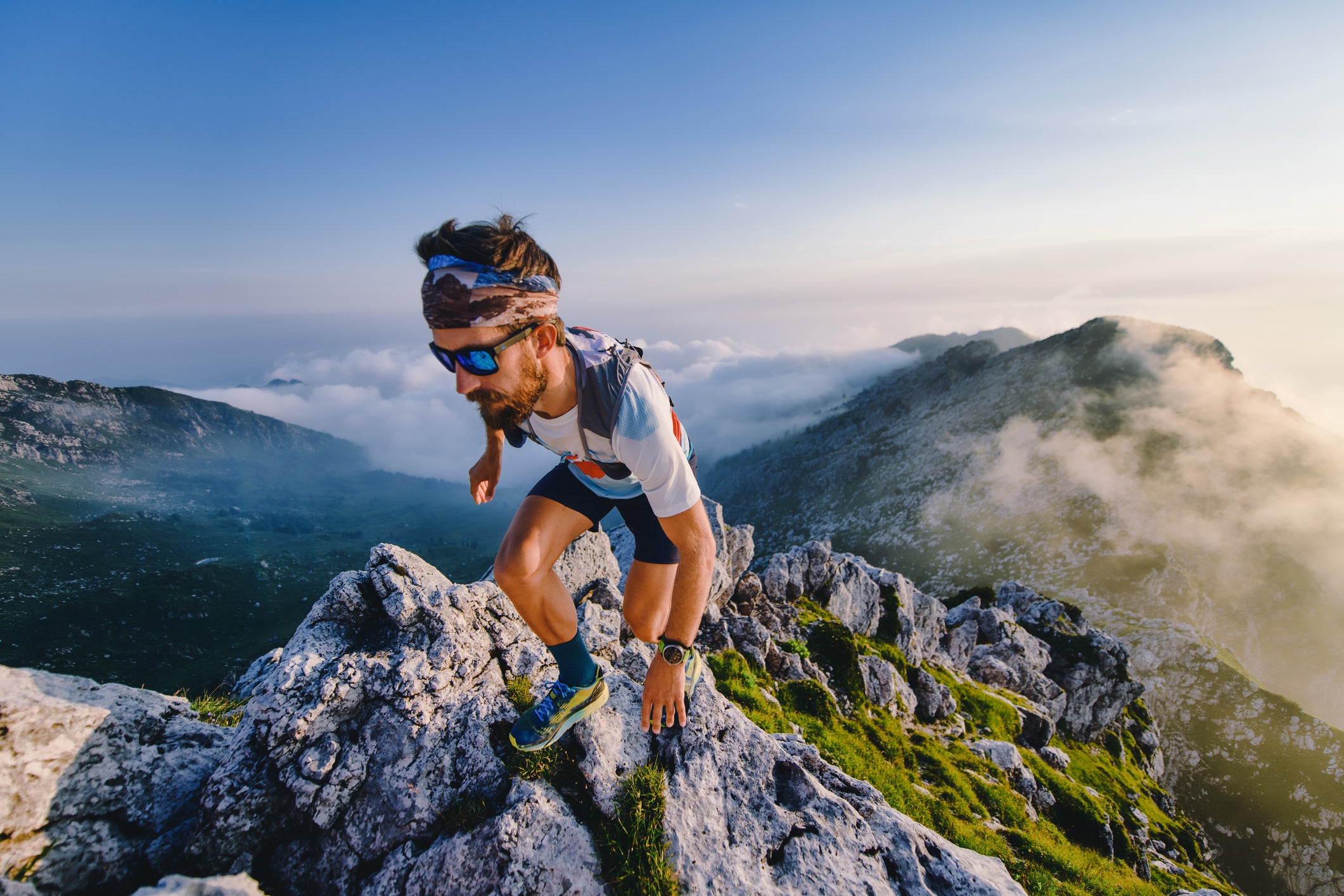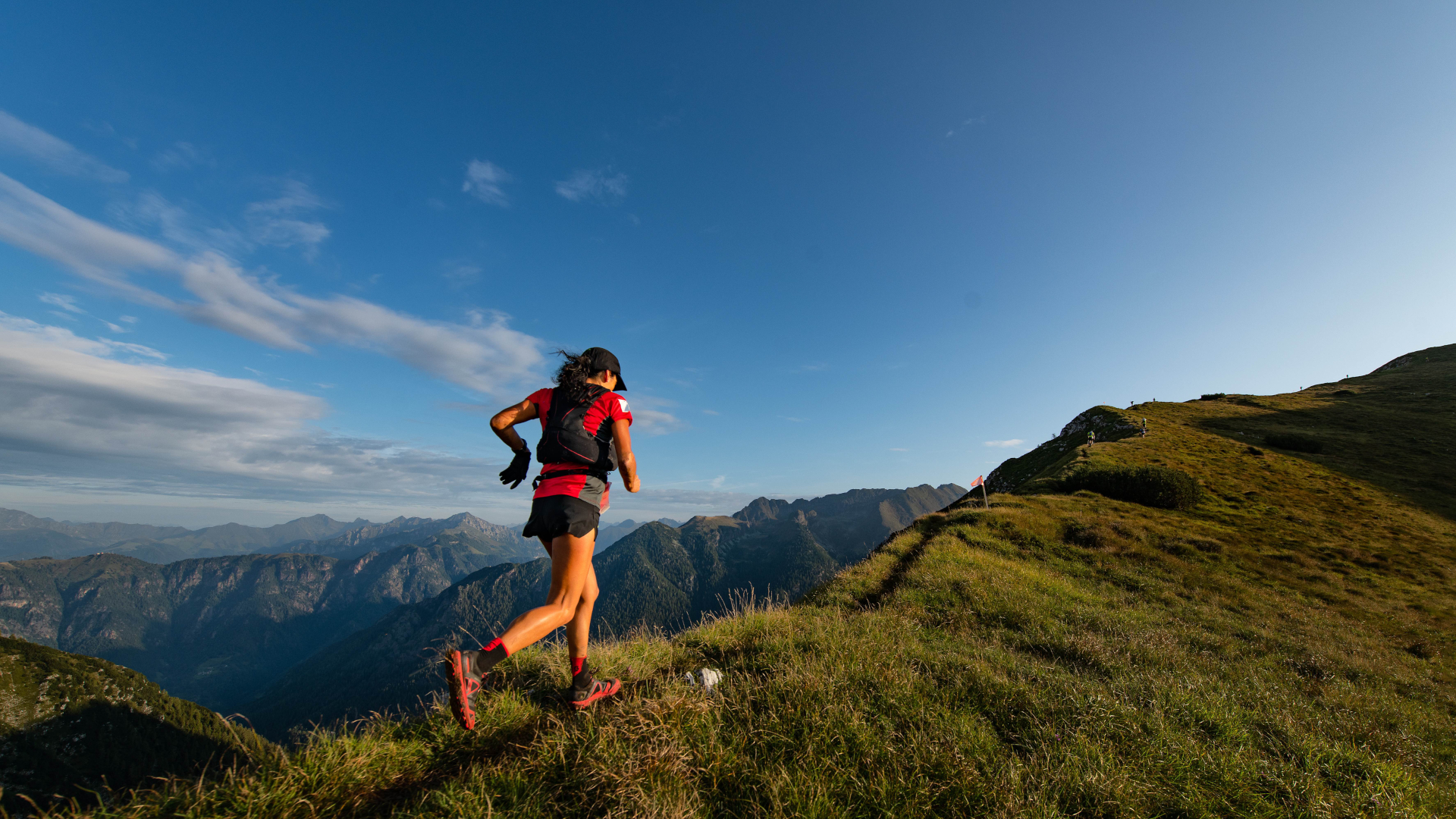The Allure of Running in the Mountains: Embracing Nature’s Obstacles
Running in the mountains has gained considerable popularity, attracting enthusiasts from various fitness backgrounds. The unique charm of this activity lies in the captivating landscapes, challenging terrain, and the sense of adventure it offers. By engaging with nature’s obstacles, runners can break free from the monotony of traditional road running and reap a multitude of benefits.
Mountain running provides a refreshing change of scenery, taking participants through lush forests, tranquil meadows, and rugged peaks. The diverse terrain, including single-track trails, rocky paths, and steep inclines, offers a dynamic and engaging running experience. This invigorating environment promotes mental well-being, reducing stress and anxiety while enhancing mood and cognitive function.
Moreover, running in the mountains offers distinct advantages over road running. The softer surfaces of trails reduce the impact on joints, minimizing the risk of injuries. Additionally, the varying terrain and inclines provide a full-body workout, engaging core muscles and improving balance and stability. Furthermore, the cooler temperatures and shaded trails of mountain running offer a more comfortable running experience during warmer months.
Preparing for Mountain Running: Building a Strong Foundation
A solid fitness base is crucial for an enjoyable and successful mountain running experience. Cross-training, strength training, and flexibility exercises play essential roles in building a strong foundation for running in the mountains.
Cross-training, such as swimming, cycling, or elliptical training, helps improve overall fitness while reducing the risk of injury from overuse. By incorporating various activities, you challenge different muscle groups and promote balanced development, which is particularly important for the demanding terrain of mountain running.
Strength training, focusing on core, lower body, and upper body muscles, enhances stability, power, and endurance during mountain runs. Exercises like squats, lunges, deadlifts, planks, and push-ups can significantly improve your performance and reduce the risk of injury. Aim to include two to three strength training sessions per week, allowing adequate recovery time between sessions.
Flexibility exercises, such as yoga, pilates, or dynamic stretching, improve joint mobility and muscular elasticity. Regular stretching helps maintain proper running form, reduces muscle soreness, and minimizes the risk of injury. Incorporate flexibility exercises into your warm-up and cool-down routines to maximize their benefits.
By integrating cross-training, strength training, and flexibility exercises into your training plan, you will build a robust foundation for running in the mountains. This well-rounded approach not only improves your performance but also reduces the risk of injury, ensuring a safe and enjoyable experience in the great outdoors.
Essential Gear for Mountain Running: Gearing Up for Success
Equipping yourself with the right gear is vital for a safe, comfortable, and enjoyable mountain running experience. Invest in high-quality, reliable products that cater to your specific needs and preferences.
First and foremost, invest in a pair of trail running shoes designed for off-road running. These shoes typically feature aggressive tread patterns, enhanced traction, and robust protection for your feet and ankles. Choose a pair that offers ample cushioning, stability, and breathability to suit your running style and the terrain you will encounter.
Moisture-wicking clothing is another essential component of your mountain running gear. Opt for lightweight, breathable fabrics that quickly transport sweat away from your skin, keeping you cool and dry during your runs. Avoid cotton, as it retains moisture and can lead to discomfort and chafing.
Hydration systems are crucial for long mountain runs, where access to water sources may be limited. Consider investing in a hydration vest or waist belt with multiple pockets for water bottles, snacks, and other essentials. These systems allow you to carry enough water and fuel for your runs while keeping your hands free.
Lastly, safety equipment is vital for running in the mountains. Carry a map, compass, and a whistle for navigation and communication in case of emergencies. A lightweight, portable first aid kit, and a headlamp or flashlight with extra batteries are also essential items to include in your gear.
By investing in the right gear, you can ensure a safe, comfortable, and enjoyable mountain running experience. Properly equipped, you can focus on the scenery, the challenge, and the joy of running in the mountains.
Mastering the Art of Uphill Running: Conquering the Climb
Running uphill is a challenging yet rewarding aspect of mountain running. By mastering efficient uphill running techniques, you can conquer climbs with greater ease and enjoy the breathtaking views that await at the summit.
First, shorten your stride when running uphill. A shorter stride reduces the strain on your leg muscles and allows for a more sustainable climbing pace. Focus on quick, small steps rather than long, powerful strides. This adjustment may feel unnatural initially, but it will become more comfortable with practice.
Next, lean your body slightly forward to maintain balance and engage your core muscles. This forward lean helps distribute your weight more evenly, reducing fatigue in your legs and improving overall stability. Be cautious not to over-lean, as this can lead to unnecessary strain on your lower back.
Additionally, use your arms for momentum during uphill running. Swing your arms vigorously, keeping them close to your body. This motion helps propel you forward and upward, conserving energy in your legs and enhancing your climbing power.
Pacing and energy management are crucial during uphill running. Resist the urge to start too quickly, as this can lead to rapid fatigue. Instead, find a sustainable climbing pace that allows you to maintain a steady effort throughout the ascent. Monitor your breathing and heart rate, adjusting your pace as needed to avoid overexertion.
By incorporating these tips and techniques, you can master the art of uphill running and confidently conquer the climbs that mountain running has to offer.
Navigating Downhill Running: Staying in Control
Downhill running in the mountains presents unique challenges that require specific techniques to ensure safety and efficiency. By mastering proper form, foot placement, and gravity management, you can confidently navigate downhill sections while minimizing the risk of injury.
First, maintain an upright posture while running downhill. While it may be tempting to lean back, this position can put excessive strain on your quadriceps and increase the risk of falls. Instead, keep your torso tall and your gaze focused about 10 to 15 feet ahead of you. This posture allows you to maintain balance and control as you descend.
Next, shorten your stride and take quick, light steps. A shorter stride reduces the impact on your joints and minimizes the risk of losing your footing. Focus on landing midfoot or forefoot, rather than heel striking, to further absorb shock and maintain stability.
Additionally, use gravity to your advantage during downhill running. Allow your body to lean slightly forward, using the natural pull of gravity to propel you downhill. Be cautious not to over-lean, as this can lead to loss of control and potential injury.
Common mistakes in downhill running include overstriding, braking with your legs, and neglecting to engage your core muscles. Overstriding can lead to excessive impact and increased injury risk, while braking with your legs can cause fatigue and inefficiency. Engaging your core muscles helps maintain stability and control during downhill running.
To avoid injuries associated with downhill running, such as knee pain and shin splints, gradually build your downhill running volume and intensity. Incorporate downhill running into your training plan once or twice a week, allowing ample recovery time between sessions.
By following these tips and techniques, you can confidently navigate downhill running in the mountains, embracing the thrill and excitement of the descent while minimizing the risk of injury.
Staying Safe in the Mountains: Navigation, Weather, and Wildlife Awareness
Running in the mountains presents unique challenges and potential hazards that require careful planning and preparation. By following essential safety tips, you can minimize risks and ensure a secure and enjoyable experience.
First, invest in a reliable navigation system, such as a map, compass, or GPS device. Familiarize yourself with basic navigation techniques, including reading topographic maps and using a compass for orientation. Always carry a map and compass, even if you plan to use a GPS device, as batteries can die, and technology can fail.
Second, stay informed about weather conditions before and during your run. Mountain weather can change rapidly, and being caught in a storm can be dangerous. Check local weather forecasts and consult with park rangers or local experts for up-to-date information. Dress in layers and carry appropriate clothing to accommodate changing weather conditions.
Wildlife encounters are another consideration when running in the mountains. Familiarize yourself with local wildlife and their behaviors. Respect wildlife by observing from a distance and never feeding wild animals. Carry bear spray or other deterrents if running in areas with large carnivores, and know how to use them properly.
Effective communication is crucial for staying safe in the mountains. Share your plans with a trusted friend or family member, including your intended route and estimated return time. Check in with them upon your return, and establish a plan for reporting an overdue status.
Lastly, always carry a basic first aid kit, emergency blanket, and other essential safety supplies. Familiarize yourself with basic first aid techniques and know how to respond to emergencies, such as hypothermia, dehydration, or injuries.
By following these safety tips, you can minimize risks and enjoy the beauty and challenge of running in the mountains. Remember that preparation and awareness are key to a safe and memorable mountain running experience.
Fueling Your Mountain Running Adventures: Nutrition and Hydration Strategies
Proper nutrition and hydration play a critical role in fueling your mountain running adventures, ensuring optimal performance, and enhancing recovery. By following these tips, you can maintain energy levels, prevent dehydration, and stay healthy during your runs in the mountains.
Before your run, consume a balanced pre-run meal consisting of carbohydrates, proteins, and healthy fats. Aim to eat this meal 2 to 3 hours before your run to allow for proper digestion. Some examples of pre-run meals include oatmeal with fruit and nuts, whole grain toast with avocado and eggs, or a quinoa salad with grilled chicken and vegetables.
During your run, focus on hydrating consistently and consuming easily digestible carbohydrates for energy. Aim to drink 4 to 6 ounces of water or sports drink every 15 to 20 minutes. For runs longer than 60 minutes, consider consuming energy gels, chews, or bars to maintain energy levels. Choose products with a 2:1 or 3:1 carbohydrate to protein ratio for optimal performance and recovery.
Post-run recovery is equally important for maintaining overall health and performance. Within 30 minutes of finishing your run, consume a recovery meal or snack consisting of carbohydrates, proteins, and antioxidants. Some examples of post-run recovery meals include chocolate milk and a banana, Greek yogurt with berries and granola, or a smoothie made with fruit, spinach, and protein powder.
Dehydration is a significant concern when running in the mountains, as the dry air and higher altitude can increase fluid loss. Monitor your hydration levels by checking the color of your urine (pale yellow is ideal) and weighing yourself before and after your runs. Aim to replace any weight loss due to fluid loss with an equal amount of water or sports drink.
By following these nutrition and hydration strategies, you can ensure that your body is properly fueled for running in the mountains, allowing you to enjoy the scenery and challenge without worrying about energy crashes or dehydration.
Expanding Your Mountain Running Horizons: Exploring New Trails and Destinations
Mountain running offers a wealth of opportunities for exploration and adventure. By discovering new trails and destinations, you can keep your running routine fresh, engaging, and exciting. Here are some resources and tips for finding and planning safe and enjoyable mountain running adventures.
1. Online Trail Directories: Websites like AllTrails, Trail Run Project, and Strava Routes provide extensive databases of trails, user-generated reviews, and photos. Use these resources to search for trails based on location, difficulty, length, and elevation gain.
2. Local Running Groups: Joining a local running group is an excellent way to meet like-minded individuals and discover new trails. Check out websites like Meetup or Runner’s World Club Finder to find groups in your area. Many running groups organize group runs, training sessions, and social events, providing ample opportunities for exploration and connection.
3. Social Media: Platforms like Instagram, Strava, and Facebook are filled with passionate mountain runners sharing their experiences, tips, and favorite trails. Use these platforms to search for hashtags, join running-related groups, and connect with other runners in your area or around the world.
4. Travel: Incorporate mountain running into your travel plans. Research popular running destinations, such as Chamonix in France, the Dolomites in Italy, or the Rocky Mountains in the United States, and plan your itinerary around scenic trails and races. Many travel companies and tour operators now offer running-focused vacations and adventures, making it easier than ever to explore new trails and destinations.
5. Planning and Preparation: Once you’ve selected a trail, take the time to research the route, weather conditions, and any potential hazards. Always inform someone of your plans, carry a map, compass, and emergency supplies, and be prepared for changes in weather and terrain. By taking the necessary precautions and being well-prepared, you can ensure a safe and enjoyable mountain running adventure.
By expanding your mountain running horizons, you’ll not only discover new trails and destinations but also deepen your connection with nature, challenge yourself, and create lasting memories.







